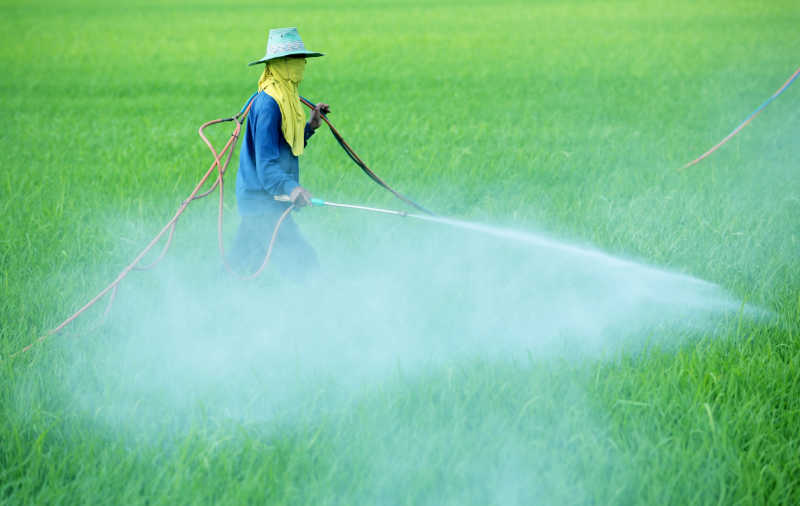1,2-Hexanediol Glycol, also known as Hexylene Glycol,
is commonly used as a stabilizer in pesticides to prevent degradation and maintain the effectiveness of the
active ingredients. Its role as a stabilizer is crucial in ensuring that the pesticide remains potent and
safe for application. Here's how 1,2-Hexanediol works as a stabilizer:
Solvent Properties:
1,2-Hexanediol Glycol acts as a solvent, helping to dissolve the active ingredients and other components of
the pesticide formulation. This ensures that the ingredients are evenly distributed and remain in solution,
which is important for maintaining the pesticide's effectiveness.
pH Regulation:
1,2-Hexanediol Glycol can help regulate the pH of the pesticide formulation. Maintaining the proper pH is
essential for ensuring the stability of the active ingredients, as some may degrade or become less effective
in acidic or alkaline conditions.
Antioxidant Properties:
1,2-Hexanediol Glycol has antioxidant properties, which help protect the active ingredients from degradation
caused by exposure to light, heat, or oxygen. This helps extend the shelf life of the pesticide and ensures
that it remains effective for longer periods.
Compatibility:
1,2-Hexanediol Glycol is compatible with a wide range of active ingredients and other components commonly
used in pesticide formulations. Its compatibility helps prevent interactions that could lead to the
degradation of the active ingredients.
Environmental Safety:
1,2-Hexanediol Glycol is considered to be relatively safe for the environment, with low toxicity to aquatic
organisms and minimal bioaccumulation potential. Its use as a stabilizer in pesticides helps ensure that the
active ingredients are safely delivered to their target pests without causing harm to non-target
organisms.
In conclusion, 1,2-Hexanediol Glycol plays a crucial role as a stabilizer in pesticides, helping to maintain
the effectiveness of the active ingredients and ensure the safety of the environment. Its solvent
properties, pH regulation, antioxidant properties, compatibility, and environmental safety make it a
valuable component in pesticide formulations.



